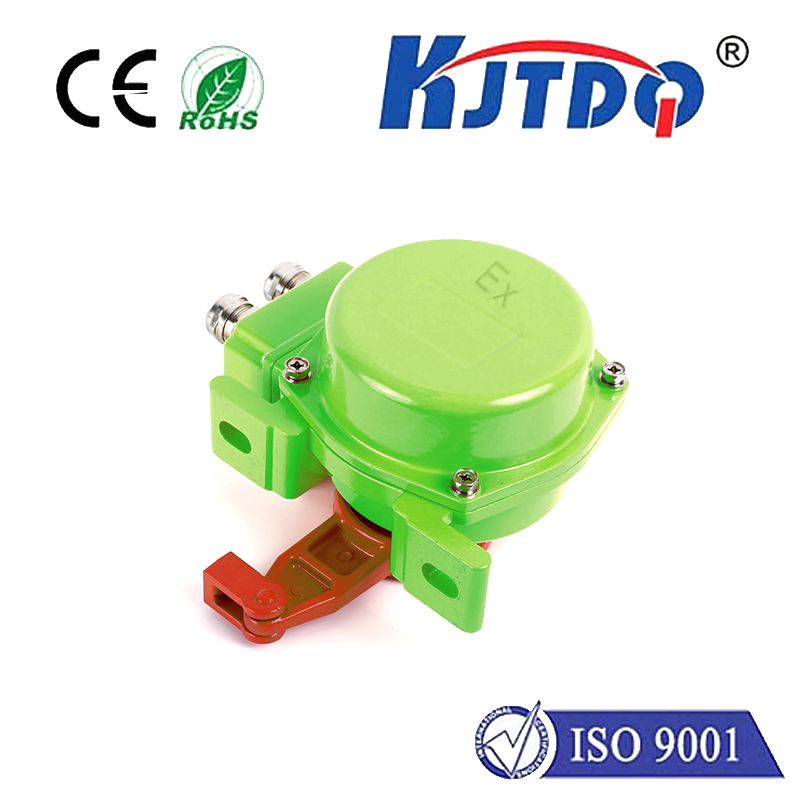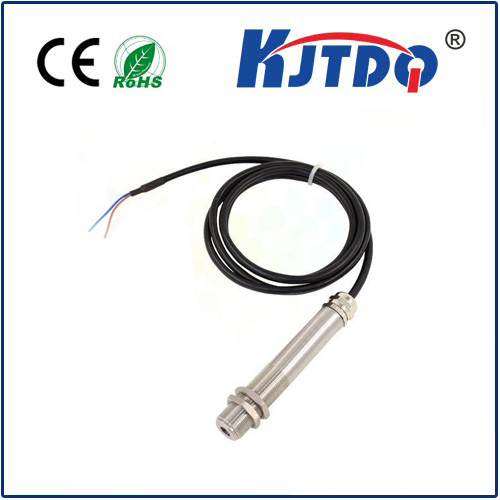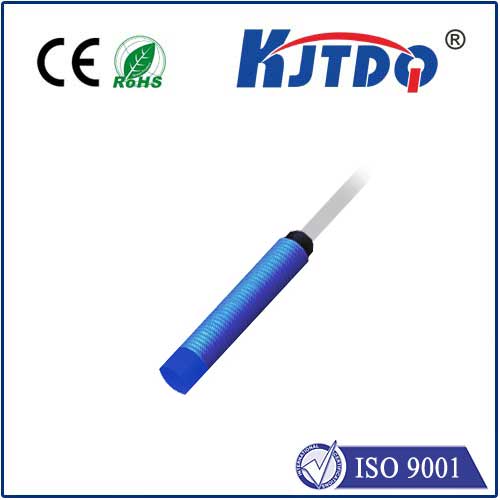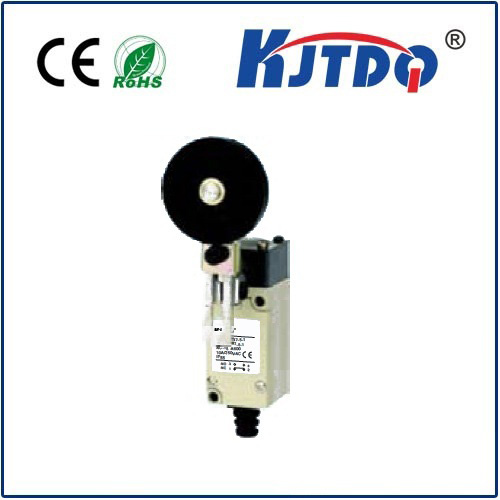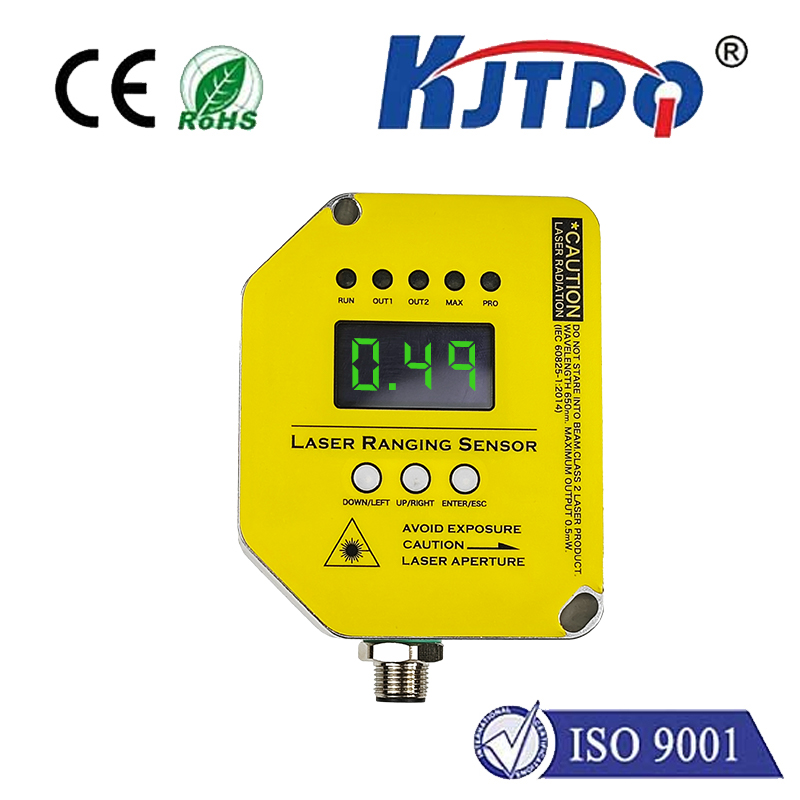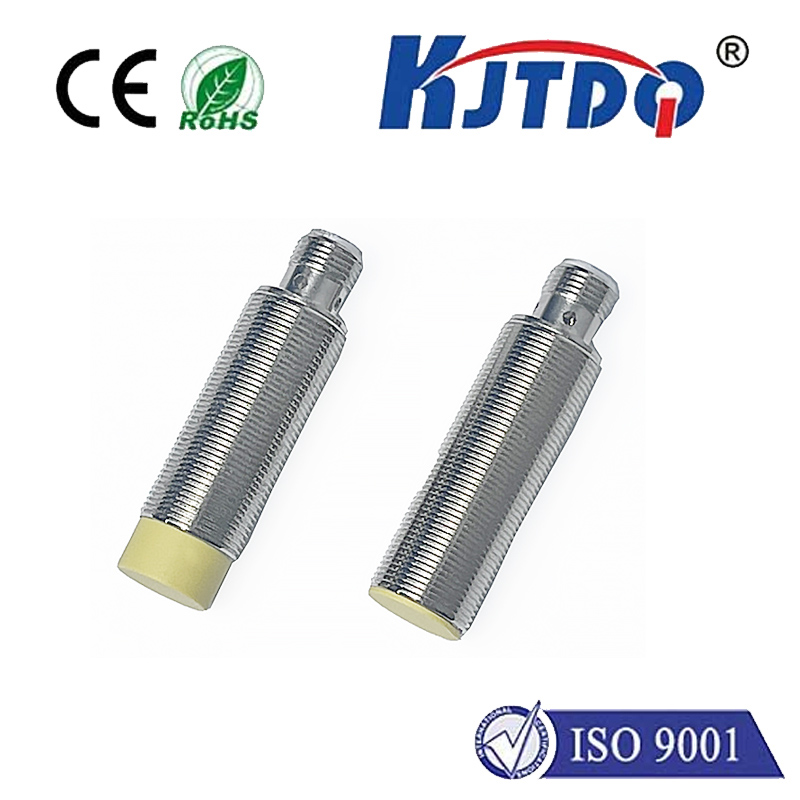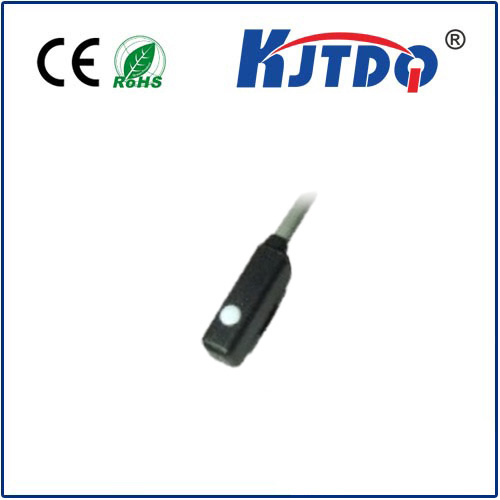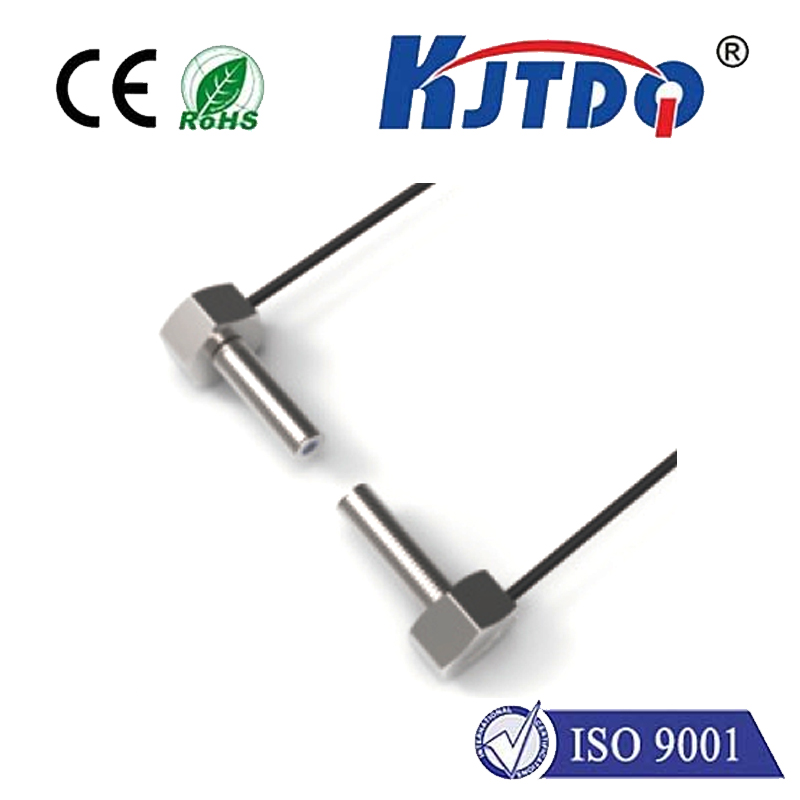fiber optic sensor working
- time:2025-08-15 04:22:47
- Click:0
How Fiber Optic Sensors Work: Light Unlocking Measurement Potential
Imagine measuring temperature inside a jet engine turbine, detecting minute strains on a massive bridge span, or monitoring blood pressure deep within an artery. Traditional sensors often fail in such extreme environments – too hot, too corrosive, too confined, too electromagnetically noisy. This is where fiber optic sensors excel, harnessing the unique properties of light traveling through hair-thin glass fibers to perform remarkable feats of sensing. But how exactly do they transform light into actionable data? Let’s illuminate the fascinating working principles behind these versatile devices.
The Core Components: A Simple Foundation
At their heart, fiber optic sensors share a fundamental setup:
- The Optical Fiber: The sensor’s backbone. Typically made of ultra-pure glass (silica), it consists of a central core surrounded by a cladding with a slightly lower refractive index. This structure is crucial for guiding light.
- A Light Source: Usually a laser or LED emitting light into one end of the optical fiber.
- A Photodetector: Positioned to receive light exiting the fiber (often at the same end or the opposite end). It converts the optical signal into an electrical signal.
- Signal Processing Unit: Analyzes the electrical signal from the detector to extract the measured parameter (temperature, strain, pressure, etc.).
The magic lies in how the physical parameter being measured modifies the characteristics of the light propagating through the fiber. This modification is detected and interpreted.

Guiding the Light: Total Internal Reflection (TIR)
The foundational principle enabling fiber optics is Total Internal Reflection (TIR). Light entering the core travels down the fiber because it continuously reflects off the core-cladding boundary. This happens only if the light strikes the boundary at an angle greater than the critical angle, a condition ensured by the core having a higher refractive index than the cladding. TIR is what keeps the light confined within the core over long distances with minimal loss.
Sensing the Disturbance: Modulation Mechanisms
The brilliance of fiber optic sensors lies in the various ways external influences (measurands) can alter the light’s properties. Three primary modulation techniques dominate:
- Intensity-Based Sensors:
- Principle: The intensity (power/brightness) of the light reaching the detector changes in response to the measurand.
- How it Works: The sensing region is designed so that the physical parameter influences the amount of light lost or transmitted. Examples include:
- Microbending: Pressure or strain physically bends the fiber slightly, causing light to leak out of the core into the cladding, reducing output intensity.
- Reflective Targets: Displacement or vibration changes the gap between the fiber end and a reflective surface, altering the amount of light reflected back into the fiber.
- Attenuation Changes: Certain chemical interactions or coatings cause the fiber material itself to absorb more light when exposed to a specific measurand (like a gas).
- Pros: Simple, low-cost, robust.
- Cons: Susceptible to errors from variations in the light source power or fiber losses unrelated to the measurand. Requires good referencing.
- Interferometric Sensors:
- Principle: These sensors exploit the wave nature of light, specifically interference. They measure changes in the phase of light waves caused by the measurand.
- How it Works: Light from the source is split into two (or more) paths within an interferometer configuration (like Mach-Zehnder, Michelson, or Fabry-Pérot). One path is the sensing arm exposed to the environment, while the other is the reference arm shielded from it. When the two light beams recombine, they interfere constructively or destructively based on their relative phase difference. Environmental changes (strain, temperature, pressure) alter the optical path length in the sensing arm, shifting the phase and thus the interference pattern (fringes), which is detected as intensity variations.
- Pros: Extremely high sensitivity and resolution (detecting changes smaller than the wavelength of light).
- Cons: More complex setup and signal processing, typically more expensive, sensitive to environmental noise like temperature drift in the reference arm. Phase detection is key.
- Wavelength-Based Sensors (e.g., Fiber Bragg Gratings - FBGs):
- Principle: The wavelength (color) of the light reflected or transmitted is altered by the measurand.
- How it Works (FBG Example): A Fiber Bragg Grating (FBG) is a periodic variation of the refractive index inscribed into the core of the fiber. It acts like a wavelength-specific mirror. Light traveling down the fiber encounters the grating. A specific wavelength (the Bragg wavelength, λ_B), determined by the grating’s period and core refractive index, is strongly reflected back. All other wavelengths pass through. When the FBG experiences strain or temperature changes, the grating period and the refractive index change slightly. This shifts the Bragg wavelength (λ_B). By precisely measuring this wavelength shift, the strain or temperature applied to the FBG can be determined with high accuracy.
- Pros: Absolute wavelength measurement (immune to intensity fluctuations), excellent linearity, multiplexing capability (many sensors on one fiber), intrinsic safety, high precision. Bragg wavelength shift is the critical parameter.
- Cons: More complex interrogation equipment (spectrum analyzers) needed compared to basic intensity sensors.
Why Choose Fiber Optic Sensing? The Compelling Advantages
The unique working principle of using light in a glass fiber translates into significant benefits:
- Immunity to Electromagnetic Interference (EMI): Glass fibers don’t conduct electricity, making these sensors ideal for high-voltage environments (power grids, motors) or areas with strong radio/RF noise (MRI machines, industrial drives).
- Intrinsic Safety: They generate no sparks and carry very little power (especially compared to electrical sensors), making them perfect for hazardous, explosive, or flammable atmospheres (oil & gas, mining, chemical plants).
- Extreme Environment Resilience: Withstand high temperatures (up to 1000°C+ with special fibers), corrosive chemicals (glass is inert), high pressures, and intense radiation where conventional sensors fail.
- Small Size and Lightweight: Thin, flexible fibers enable sensing in very confined spaces (biological tissues, composite materials, tight machinery) without significant load.
- Long-Distance Monitoring & Multiplexing: Signals travel long distances (km) with low loss. Techniques like FBGs enable many discrete sensors along a single fiber line, reducing cabling complexity.
- High Sensitivity & Bandwidth: Especially interferometric and FBG sensors offer exceptional precision for measuring tiny changes over a wide frequency range, useful for vibration and acoustic sensing.
Where Light Makes the Difference: Key Applications
The working mechanism of fiber optic sensors opens doors across industries:
- Structural Health Monitoring (SHM): Continuously monitoring strain, vibration, and temperature in bridges, dams, buildings, wind turbine blades, aircraft wings, and pipelines using distributed sensing or FBG arrays to detect damage or fatigue.
- Industrial Process Control: Measuring temperature, pressure, liquid level, and flow in harsh environments (refineries, chemical plants, power generation).
- Energy Sector: Temperature profiling along power cables, monitoring downhole conditions in oil & gas wells, strain monitoring on subsea pipelines.
- Medical & Biotech: Miniaturized sensors for in-vivo pressure, temperature, and chemical sensing during minimally invasive procedures or lab-on-a-chip devices.
- Defense & Security: Perimeter intrusion detection, acoustic sensing (sonar), gyroscopes for navigation, fire detection in aircraft holds.
- Transportation: Monitoring strain and temperature in high-speed train rails, composite structures in vehicles, tire pressure sensing.
From the fundamental Total Internal Reflection keeping light trapped, to the sophisticated modulation of intensity, phase, or wavelength, fiber optic sensors transform subtle environmental influences into precise optical signals. Their unique working principle – using light as the information carrier






